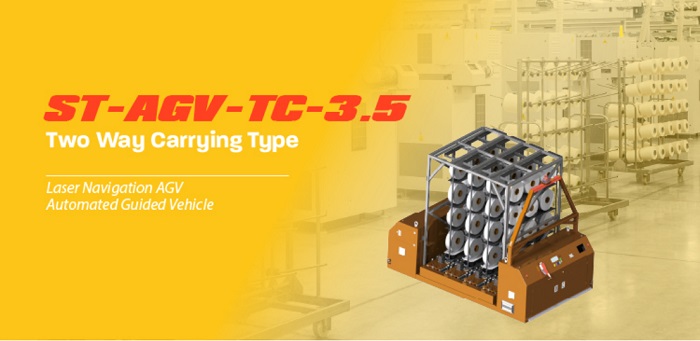In 2020, the global covid-19 pandemic broke out, European and American countries began to control the epidemic, and textile orders were cancelled in large numbers. Global textile companies were caught in a dilemma. Either the epidemic control could not be started, or the workers were in place but there was nothing to do. In many areas with severe epidemics, operating rates have fallen sharply, and companies have begun to restrict production, even take holidays, and lay off employees. Both ends of the supply have been hit successively, which has been a huge blow to the entire textile industry. Raw materials have been declining, capital turnover is not effective, and the mountains have crushed many textile companies.
In 2021, the epidemic in Europe and the United States has eased, but the epidemic in India has rebounded. Although textile orders in other countries have increased sharply except India, they are facing difficulties in hiring workers, high labor costs, and difficulties in textile storage and transportation.
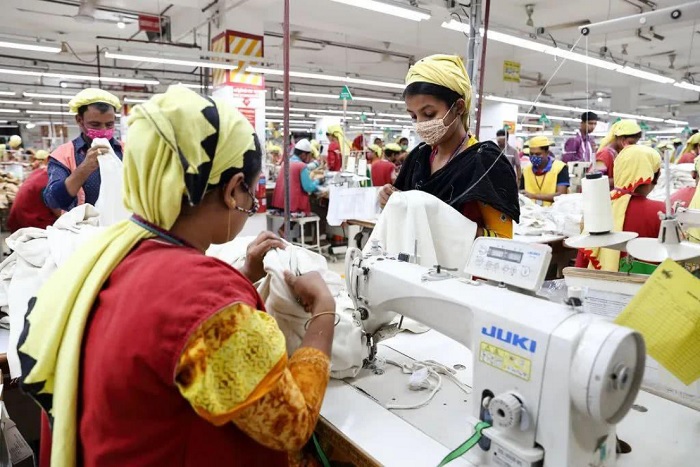
In fact, the international traditional textile industry has not been particularly prosperous. After 2019, the number of enterprises in the international textile and apparel and apparel industries is almost at a low level in the past four years, and the profits of the textile and apparel and apparel industries are shrinking. The cumulative total profits of the textile and apparel and apparel industries from May to August 2019 were -1.3%, -0.8%, -3.5%, and -1.1% respectively year-on-year.
Although the number of textile and apparel and apparel industries is declining, the proportion of loss-making enterprises is increasing. The average proportions of loss-making companies from 2016 to 18 were 14.9%, 14.1%, and 18.2%. The average proportion of loss-making companies in 2019 was 21.5%. In other words, 21.5 of the 100 textile and apparel industries were loss-making. Market competition is under great pressure, there are too many monks and less porridge, price wars intensify, and profits are naturally declining. The development of the industry is sluggish, and practitioners have changed careers or even went bankrupt. The international textile industry has declined as a whole.
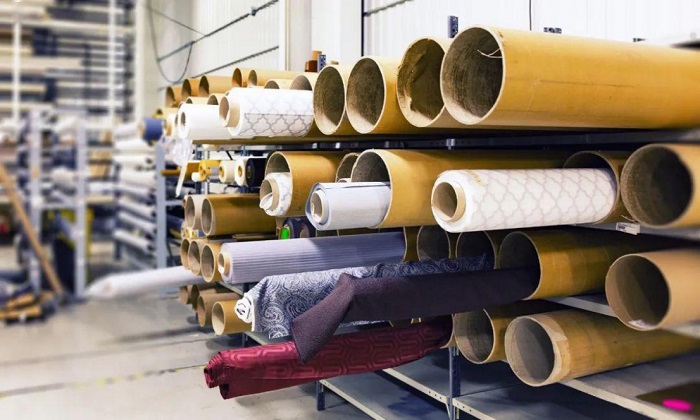
The key to revitalizing the textile industry is to increase the profit margins of textile enterprises, which must reduce costs. The largest cost in the textile industry is labor costs. At present, labor costs have increased from 20%-30% of the total cost a few years ago. To 50%-60%, there is still no stopping the upward trend. The profit of order transfer cannot keep up with the rising cost of labor.
Five years ago, the per capita wage of employees in Chinese textile factories was about 3,000 to 4,000 yuan. Now it has risen to 8,000 yuan. Workers are still dissatisfied with this wage. Textile companies are still short of workers. Has become the norm.
The list of 100 occupations for China’s “least job shortage” shows that among the 28 new occupations, 19 are directly related to the textile manufacturing industry, accounting for 67.9%; among the 15 occupations with increasing shortages, 5 This occupation is directly related to the textile manufacturing industry, accounting for 30%. China's textile industry is short of labor, and other countries are even more short of labor.
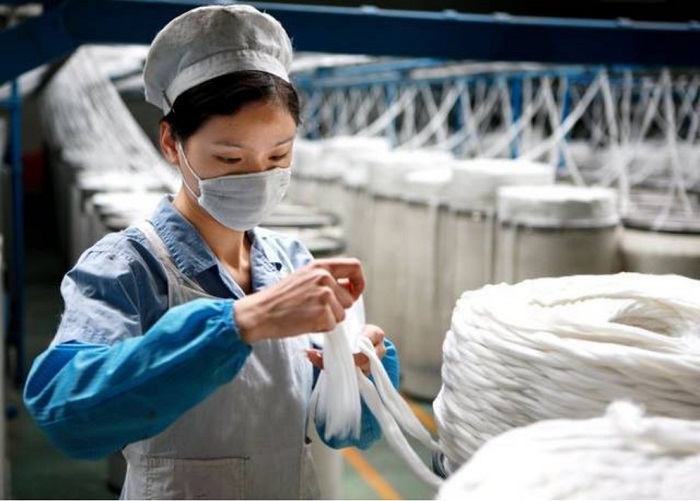
The increase in labor costs has a huge impact on the textile industry, which will lead to a substantial increase in production costs and higher product prices. The next step is to reduce the number of orders, forming a vicious circle. This shows that the key to the textile industry is to reduce labor costs. In order to solve the problem of shortage of manpower and high labor cost in the textile industry, Suntech has developed and produced a large number of AGVs with 50 years of technical precipitation and design experience, and the standards of precision and intelligent manufacturing, to help textile companies move textiles quickly, accurately and intelligently, and replace them in some positions. Labor, greatly saving labor costs for enterprises.
The fastest speed of an AGV can reach 150m/min, and the speed of workers is 60-100m/min. If the factory operates 24 hours a day and 3 shifts are calculated, an AGV trolley is equivalent to at least 3 workers, saving textile enterprises With 60% of the labor force, the efficiency has increased by 50%. The salary level of ordinary workers is calculated at 4,000 yuan per month, and the annual salary of a palletizer is about 48,000 yuan. The use of AGV handling robots can save more than 100,000 yuan each year.
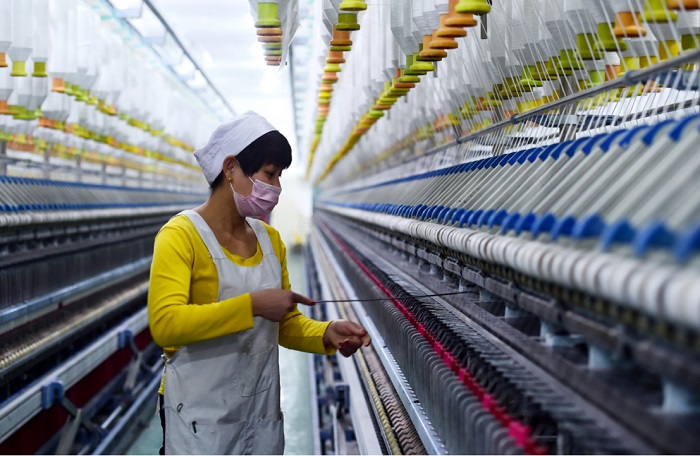
Suntech Laser Navigation AGV
The AGV has a forklift structure and can be used in the storage and transportation of goods in textile enterprises. It is light in weight, small in size, and large in load. It can support up to 1.4t of goods. It is small and flexible, and is convenient to handle. It adopts the latest electronic control system to make the whole vehicle It is more controllable and reliable in the whole series of design, production, operation and maintenance.
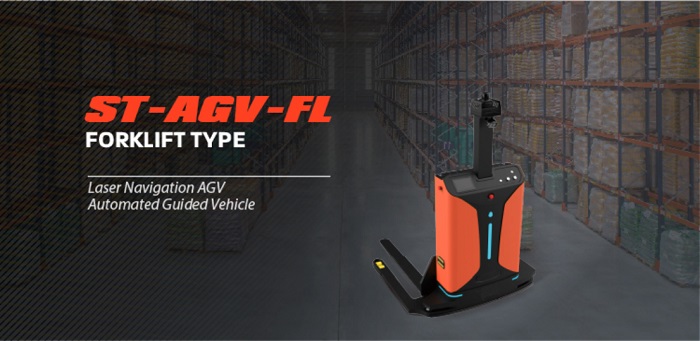
Suntech ROLLER TYPE AGV
The AGV is mainly used for automated logistics conveyor lines to complete the handling of goods between stations and stations, and between stations and warehouses. It can carry up to 100kg of goods. It is used for large-scale cargo handling in textile factories. The AGV can pack the goods. The entire cargo is stored inside the AGV, and when obstacles are encountered, a reasonable route is planned in time, and the transportation process is more stable and safe.
The AGV consists of two parts, a two-wheel differential sports chassis and a cargo business module. It is equipped with the latest hardware platform and software system. It realizes cargo handling based on autonomous navigation technology and sports chassis technology. It is an important part of the future Industry 4.0 smart factory. Component, can replace the manual to undertake the complicated, difficult, dangerous and repetitive work encountered in the logistics system, reduce labor and reduce the manual error rate.
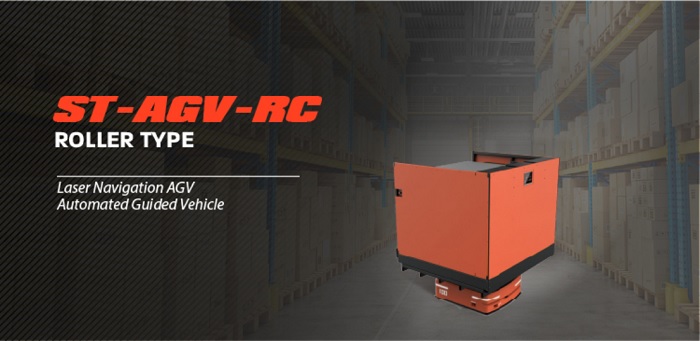
SuntechTwo Way Carrying Type AGV
Suntech Two Way Carrying Type AGV is specially tailored for textile companies. It can be called an expert at carrying fabrics and rolls. Set up multiple layers of storage space for fabric rolls to ensure that the rolls are placed stably and take up too much space. The AGV includes two models with a load of 1.5t and 3.5t. The basic configuration includes hardware and software, which can realize automatic docking and handling of materials on the automatic silk production line in the texturing workshop, but the cloth roll loading and load-bearing capacity of the two Different, the appearance settings and details of the structure are different, the 3.5t AGV chassis is wider and thicker and solid, and the cloth roll bracket is stronger.
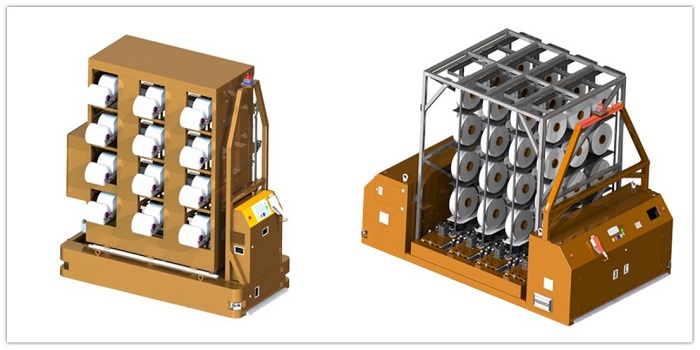
Two Way Carrying Type AGV is a non-standard customized Carrying Type AGV. The automatic winding AGV part of the texturing workshop is composed of the AGV central management system and the non-standard customized unit loaded on the AGV. At the same time, the non-standard customized unit loaded on the AGV is made of mechanical Structure, electric actuator, pneumatic actuator, etc.
In the past, the loading and handling of cloth rolls and materials required manual processing. However, the two-way backpack AGV can use the visual recognition system to quickly load and transport, rationally plan the shortest transportation route, and avoid obstacles autonomously, which is more accurate and faster than manual work. We no longer need to carry out difficult and risky handling operations, free human hands, and reduce factory labor costs.
AGV minimizes deviation in each work step, is powered by a lithium battery, has a longer battery life, and rushes to the top of performance by virtue of its strength. The maintenance cost is reasonable, and the longest service life is achieved with a very small maintenance cost.(TRY SUNTECH AGV)
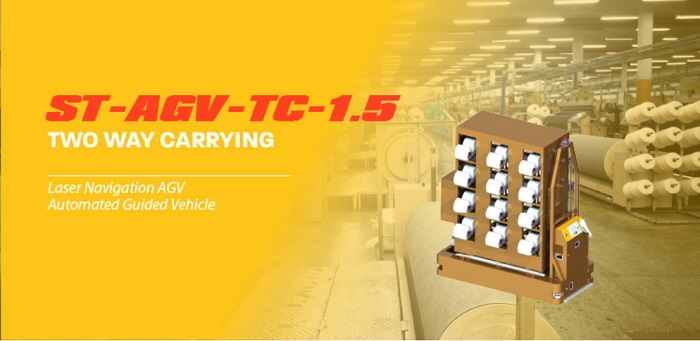
Suntech develops and produces AGVs with light weight and heavy load based on the standard of "precise engineering and intelligent manufacturing". It adopts intelligent electronic control system, interactive interface and safety system to keep abreast of AGV operation dynamics, automatically avoid obstacles, safe and controllable, lithium battery Power supply, online automatic fast charging, laser guidance, support for manual driving or wireless control, suitable for various transportation scenarios, successfully adding mechanical automation processes to the traditional textile production process, so that the non-woven machine (ST-ASS Spunbond Non Woven Fabric Machine) The non-woven fabrics produced on the upper side are directly loaded and transported by AGV after being reeled and packaged to achieve high efficiency, speed, precision and intelligence, which will help the development of the storage and transportation industry and industry 4.0.
